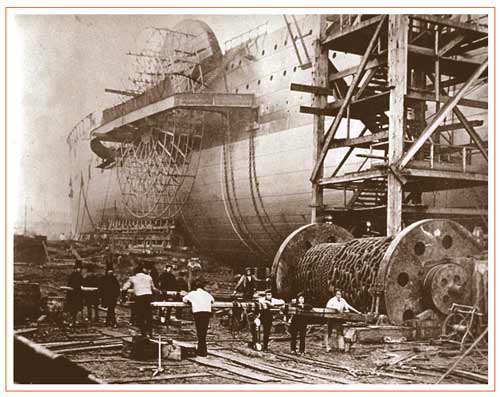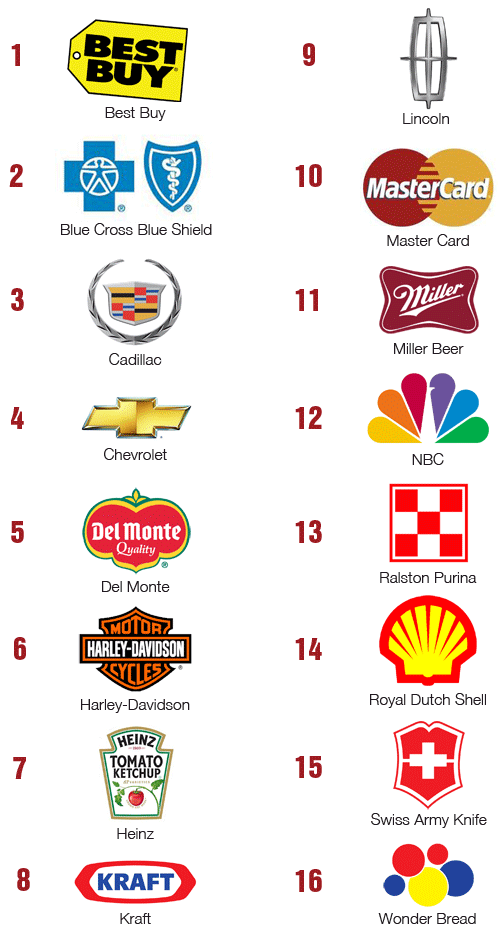 |
| Mille Fiori. Photography by Al Hurley, 2010 |
It's actually quite rare for a museum to be dedicated solely to one artist, and now St. Petersburg, Florida has two – the Salvador Dali Museum and the Chihuly Collection, presented by the Morean Arts Center.
Six years ago, the Museum of Fine Arts, St. Petersburg, hosted a very popular exhibition of Dale Chihuly's work. Chihuly fell in love with the city, and largely through the efforts of architect Albert Alfonso, committed to the museum, which opened in July of 2010. It's the first installation of Dale Chihuly's glass in a site designed specifically for that purpose.
Below is the floor plan of the 10,000 square-foot museum, which also contains a gift shop and a small theater.
 |
| Outside the Chihuly Collection at night |
 |
| Morean Sea Forms. Photography by Al Hurley, 2010 |
The Morean Arts Center says this about Dale Chihuly: "A pioneer of the studio glass movement, Chihuly is credited with transforming the methods of creating glass art and thereby leading the development of complex, multi-part glass sculptures and environmental art."
 |
| Mille Fioro. Photography by Al Hurley, 2010 |
 |
| Float Boat, bottom image. Photography by Scott M. Leen, 2010 |
Some of the popular installations from the 2004 exhibit have been recreated in the permanent exhibition. The party boat, top, was from the 2004 installation; the boat below is one of the favorite pieces of the Chihuly Collection. The yellow-orange ball to the right is approximately the size of a beach ball. The installation rests upon reflective black Plexiglas and is absolutely dazzling!
I thought this might be an appropriate spot to share my own collection of glass marbles, arranged Chihuly-like in a shell.
The Chihuly Collection
400 Beach Drive, St. Petersburg, Florida 33701
Open seven day a week




















































